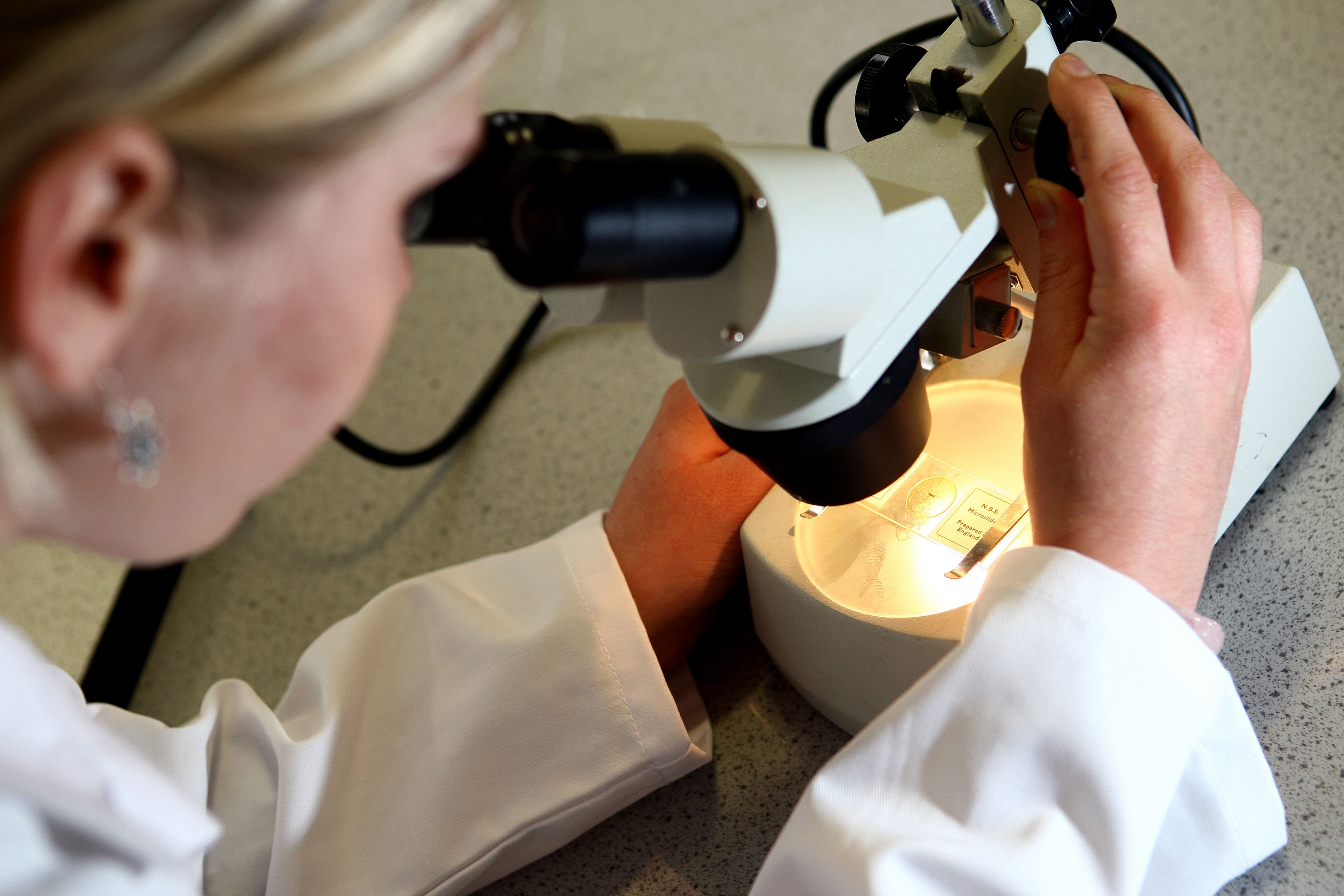Researchers have developed way to reprogramme bone marrow cells, study suggests
Bone marrow transplants can be used to treat blood cell cancers and sometimes to cure certain other disorders.

Your support helps us to tell the story
From reproductive rights to climate change to Big Tech, The Independent is on the ground when the story is developing. Whether it's investigating the financials of Elon Musk's pro-Trump PAC or producing our latest documentary, 'The A Word', which shines a light on the American women fighting for reproductive rights, we know how important it is to parse out the facts from the messaging.
At such a critical moment in US history, we need reporters on the ground. Your donation allows us to keep sending journalists to speak to both sides of the story.
The Independent is trusted by Americans across the entire political spectrum. And unlike many other quality news outlets, we choose not to lock Americans out of our reporting and analysis with paywalls. We believe quality journalism should be available to everyone, paid for by those who can afford it.
Your support makes all the difference.Researchers have developed a new technique which could potentially make the usual transplantation processes of finding a suitable bone marrow donor redundant.
Bone marrow transplants can be used to treat blood cell cancers and sometimes to cure certain non-cancerous blood cell disorders.
However, finding or creating appropriate donor bone marrow cells and preparing the body to receive that donation remain challenging obstacles for the therapy, experts say.
Such delivery systems may help translate the promise of decades of concerted genetic and biomedical research to treat a wide array of human diseases
Now, Laura Breda from the Children’s Hospital of Philadelphia, USA, and colleagues have developed a strategy to deliver mRNA – a molecule in cells – directly into bone marrow stem cells, using a technology similar to that used in mRNA Covid-19 vaccines.
In the stem cells it can edit genetic defects and help repopulate the bone marrow with healthy blood cells.
The researchers demonstrated the technique in the bone marrow of living mice and in human haematopoietic stem cells – stem cells that give rise to other blood cells – taken from four patients with sickle cell disorder.
According to the findings published in the Science journal, in the human sample the researchers were able to correct the sickle cell genetic defect.
The researchers suggest the findings offer a potential route for gene editing of bone marrow cells without the need for the usual transplantation processes.
This includes finding a suitable bone marrow donor or re-engineering a patient’s own cells outside the body before re-transplantation, and without the need for chemotherapy or radiation to prepare the bone marrow before transplantation.
The authors write: “These findings may potentially transform gene therapy in two ways.
“First, the cure of monogenic disorders, including non-malignant haematopoietic disorders (haemoglobinopathies, congenital anaemias or thrombocytopenias, and immunodeficiencies) and non-haematopoietic diseases (cystic fibrosis, metabolic disorders, and myopathies) with a simple intravenous infusion of targeted genetic medicines.
“Second, effecting cell type-specific state changes in vivo with minimal risk could allow previously impossible manipulations of physiology.
“Such delivery systems may help translate the promise of decades of concerted genetic and biomedical research to treat a wide array of human diseases.”
In a related Perspective, Samuele Ferrari and Luigi Naldini caution that there may be “a long, winding mountain road” to implementing this technique in humans, and that further pre-clinical studies will be needed to confirm its safety and effectiveness.